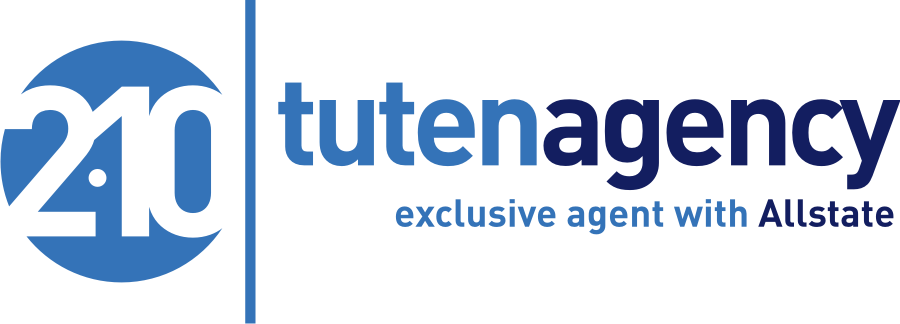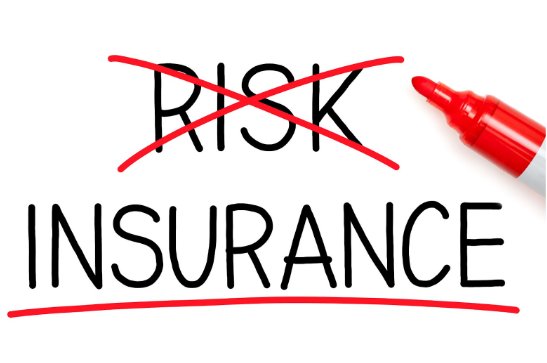Homeowners insurance is a vital safety net that protects your home and belongings from unforeseen disasters. Yet, navigating through your policy’s specifics can often feel overwhelming. A key component of understanding your coverage lies in recognizing the perils that are included and those that are not. Here’s a comprehensive guide to help demystify the coverage details of your homeowner’s insurance policy.
Common Perils Covered by Homeowners Insurance
Fire and Smoke
Your sanctuary and possessions are typically covered against fire damage, including subsequent smoke damage. Should a fire render your home uninhabitable, most policies will also support living expenses during this period.

Lightning Strikes
Damages caused by lightning, extending to power surges and affected electronics, usually fall under your policy’s protection.
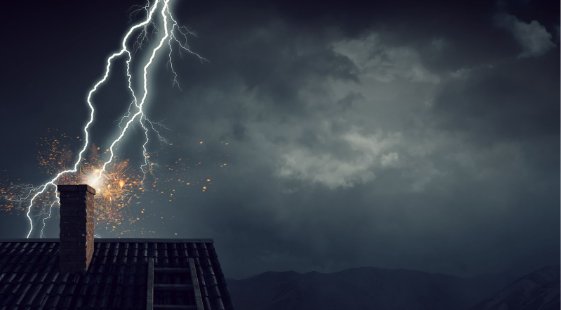
Windstorms and Hail
Depending on where you live, hail andwind-driven precipitation that invades after a storm breaches your home might be covered. However, some geographical areas require a separate “wind/hail” policy to protect your home. It’s crucial to review your policy for any specific exclusions.
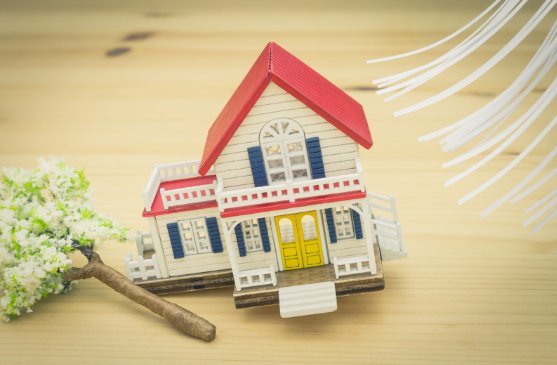
Explosion
The aftermath of explosions, regardless of the source, is covered. This ensures that sudden, unexpected damages won’t leave you financially vulnerable.
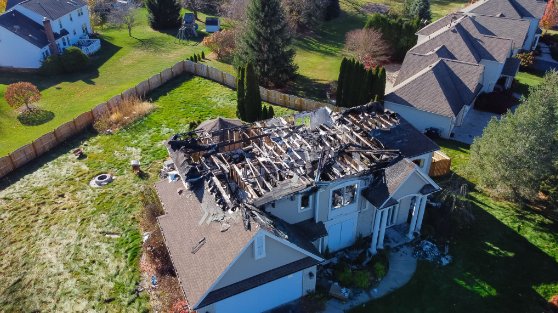
Vandalism and Malicious Mischief
Acts of vandalism are covered, providing peace of mind that repairs or replacements are manageable after such distressing events.
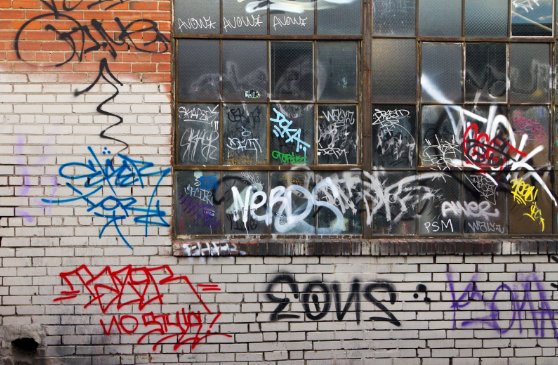
Damage from Aircraft, Car, or Vehicle
Although rare, incidents involving vehicles causing damage to your property are covered, offering reassurance against these dramatic occurrences.
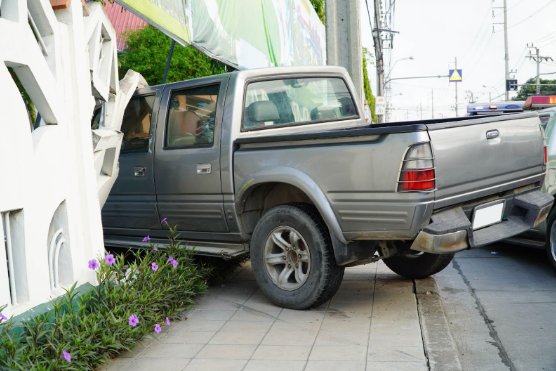
Theft
Break-ins leading to damage or loss of personal property are covered, with certain limitations on high-value items. Additional coverage options are available to ensure your valuables are fully protected.

Falling Objects
Unexpected damage from aerial or toppled objects is covered, safeguarding your home from such random incidents.

Weight of Ice, Snow, or Sleet
Structural damages from the heavy accumulation of winter elements on your home are typically covered but, again, it’s a good idea to review the specifics of your insurance policy with your agent..
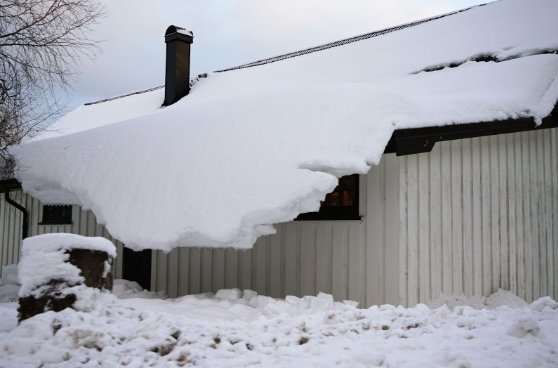
Water Damage
Burst pipes or water heaters are covered, excluding the replacement of the faulty fixtures themselves. This provides a safety net against some of the most common home insurance claims.
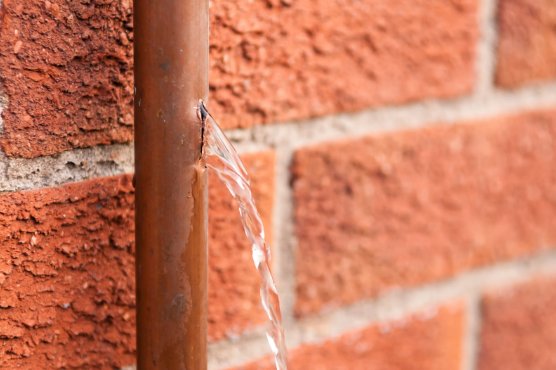
Exclusions and Limitations in Coverage
While homeowners insurance covers a broad range of perils, certain events like flood damage and sewer or drain backup require separate policies or endorsements. It’s also important to note that damage resulting from wear and tear or neglect is not covered, emphasizing the importance of regular home maintenance.
Enhancing Your Coverage
To bridge the coverage gap, consider purchasing additional policies such as flood insurance and wind/hailor specific endorsements for sewer backup. For high-value personal property that exceeds standard policy limits, increased coverage options are available to protect your investments fully.
Understanding Policy Details
Coverage Limits and Deductibles: These terms directly impact your out-of-pocket costs in the event of a claim. Adjusting these can tailor your policy to suit your financial situation and coverage needs better.
Reviewing Your Policy: Regular discussions with your insurance provider ensure that your coverage evolves alongside your changing needs, offering optimal protection throughout the life of your policy.
Preventive Measures
Implementing preventive measures not only secures your home against potential perils but can also reduce your insurance premiums. Consider:
- Investing in a security system: Enhances home security and may deter break-ins.
- Regular maintenance: Keeps the home in good repair and helps avoid issues that could lead to claims.
- Weatherproofing efforts: Protects against damage from severe weather conditions and lowers the likelihood of weather-related damage.
Conclusion
Your homeowner’s insurance policy is crucial in protecting your home and financial well-being. Understanding the covered perils, recognizing the exclusions, and knowing how to enhance your coverage are essential steps in navigating the complexities of your policy.
By taking proactive measures to safeguard your home and regularly reviewing your policy details, you can ensure that your coverage remains aligned with your needs, keeping your home and loved ones secure against the unpredictable.
FAQs
Does homeowners insurance cover pest infestations, like termites or rodents?
No, most homeowners insurance policies do not cover damage from pest infestations, as this is considered a maintenance issue that homeowners are expected to manage.
Is accidental damage I cause to my own property covered?
Yes, accidental damage you cause to your own property is typically covered under the personal liability portion of your homeowners insurance policy. However, intentional damage is not covered.
Does homeowners insurance cover damage from political unrest or riots?
Yes, damage to your home and personal property caused by riots, civil commotion, or vandalism is typically covered under standard homeowners insurance policies.
What should I do if my coverage needs change?
If your coverage needs change due to renovations, new purchases, or other factors, you should contact your insurance provider to discuss updating your policy. Regular reviews ensure your coverage matches your current needs.
Get the right coverage for your home with tutenagency
New tutenagency customers?
Quote homeowners insurance online or call (334) 502-5111 to insure your home.
Disclaimer: This content is for informational purposes only and should not be considered legal or financial advice. Always consult with qualified professionals in legal and financial fields before making any decisions.
